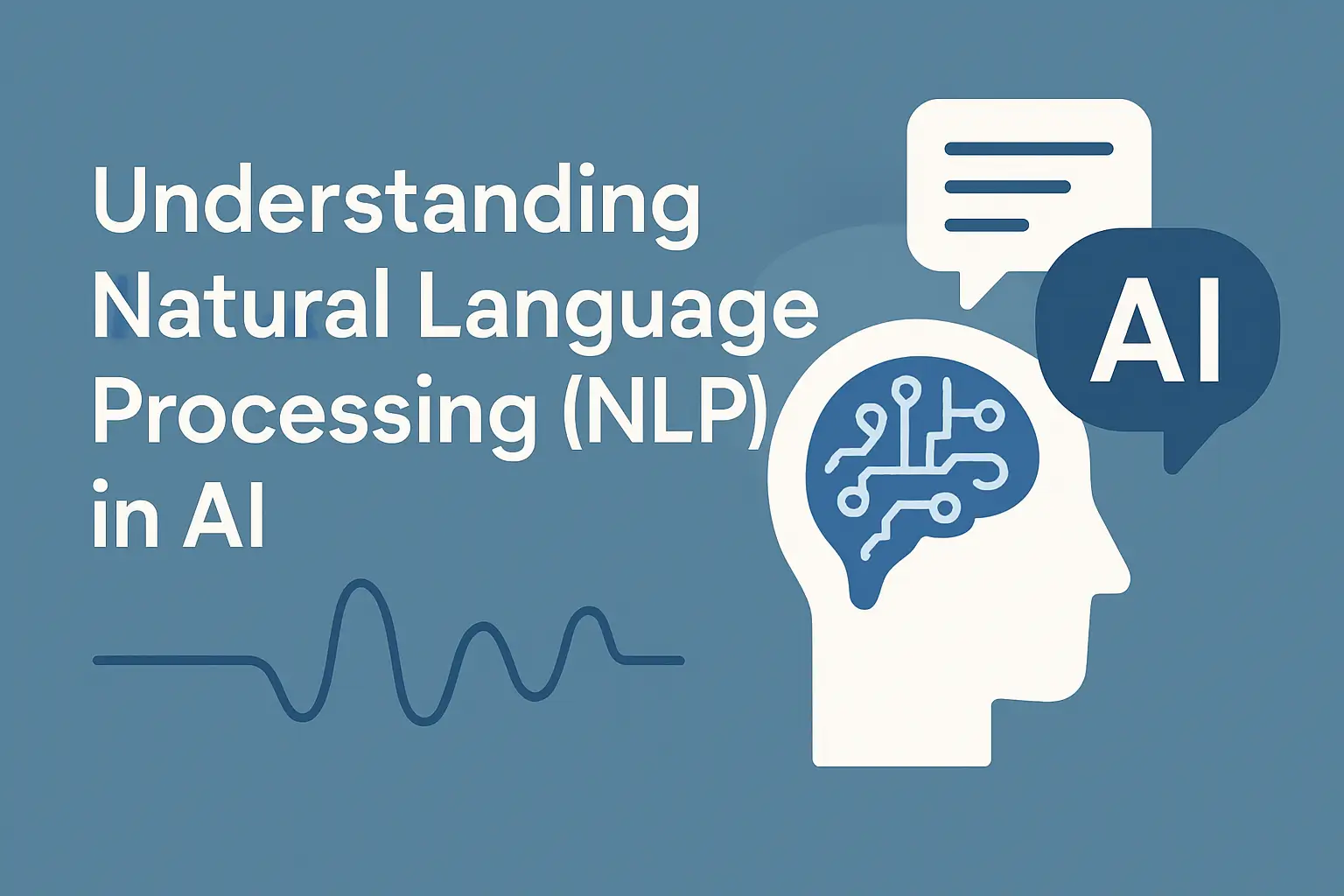Natural Language Processing (NLP) is a core subfield of Artificial Intelligence (AI) that focuses on enabling machines to understand, interpret, and respond to human language. Whether you’re talking to a chatbot, using a translation app, or searching with voice commands, you’re experiencing the power of NLP in action.
This article breaks down what NLP is, how it works, and why it’s revolutionizing the way we interact with technology.
What Is Natural Language Processing?
NLP is the branch of AI that gives computers the ability to process and understand language the way humans do. It combines linguistics, machine learning, and computer science to make sense of words, sentences, and context.
It allows AI systems to:
- Understand spoken or written commands
- Analyze text and derive meaning
- Translate between languages
- Summarize large bodies of text
- Generate human-like responses
Key Components of NLP
1. Tokenization
Breaking down text into smaller units like words or phrases.
Example:
“The sky is blue” → [“The”, “sky”, “is”, “blue”]
2. Part-of-Speech Tagging
Identifying whether a word is a noun, verb, adjective, etc., based on context.
Example:
“Book” can be a noun (“read a book”) or a verb (“book a ticket”).
3. Named Entity Recognition (NER)
Detecting proper names of people, places, companies, dates, etc.
Example:
“In 2025, Amazon launched a new AI product.”
Entities: [“2025”, “Amazon”]
4. Sentiment Analysis
Determining whether a statement is positive, negative, or neutral.
Example:
“This product is amazing!” → Positive
“This service is disappointing.” → Negative
5. Lemmatization and Stemming
Reducing words to their root form to analyze them effectively.
Example:
“Running”, “runs”, “ran” → “run”
6. Language Modeling
Predicting the next word in a sequence or understanding sentence structure. This underlies many AI tools like ChatGPT.
7. Machine Translation
Converting text or speech from one language to another.
Tools: Google Translate, DeepL
How NLP Works in Practice
NLP systems are powered by deep learning models trained on vast amounts of text data—books, websites, dialogues, articles, and more. These models learn language patterns, context, and relationships between words.
Modern NLP models include:
- BERT (Google): Excellent at understanding sentence meaning
- GPT (OpenAI): Excels at text generation and conversation
- T5 (Text-To-Text Transfer Transformer): A general-purpose NLP engine
These systems are trained using transformer architectures that allow for advanced contextual awareness, even across long paragraphs.
Real-World Applications of NLP
1. Chatbots and Virtual Assistants
NLP powers conversational agents that can book appointments, answer questions, or offer support—like Siri, Alexa, or ChatGPT.
2. Email Filtering and Smart Replies
Gmail uses NLP to block spam and suggest one-click replies based on your messages.
3. Customer Feedback Analysis
Businesses use NLP to analyze reviews and social media for sentiment and customer insights.
4. Language Translation
Tools like Google Translate and DeepL offer instant translation with increasing accuracy.
5. Voice-to-Text
Speech recognition tools convert audio into written words in apps like Otter.ai and transcription services.
6. Text Summarization
NLP condenses long documents into digestible summaries, useful for journalists, researchers, and students.
7. Search Engines
Search engines understand user queries better with NLP, delivering more relevant results.
Benefits of NLP
- Improves user experience with natural interactions
- Automates routine tasks like transcription or translation
- Speeds up data analysis across massive volumes of text
- Enhances accessibility for users with language or reading barriers
- Drives personalization in content, recommendations, and ads
Challenges in NLP
1. Ambiguity
Words and sentences often have multiple meanings that require context to resolve.
Example:
“I saw her duck.” (Did she crouch, or does she have a bird?)
2. Language Diversity
Dialects, slang, and cultural nuances make universal NLP difficult.
3. Bias in Training Data
If the training data contains bias, the NLP model may replicate it.
4. Sarcasm and Irony
Humor, sarcasm, and figurative language are tough for AI to detect accurately.
The Future of NLP
- Multilingual NLP: Seamless translation and understanding across languages
- Emotion Detection: More accurate tone and sentiment analysis
- Real-Time Transcription: Instant translation and subtitle generation
- Conversational AI: Deeper, more natural dialogues between humans and machines
- Personalized Education Tools: NLP in adaptive learning environments
Final Thoughts: Teaching Machines to Understand Us
Natural Language Processing is making communication with machines more intuitive, efficient, and human-like. As NLP models become more advanced, their ability to understand and generate language will revolutionize education, business, healthcare, and more.
The better AI gets at understanding us, the more helpful and accessible technology becomes—for everyone.
